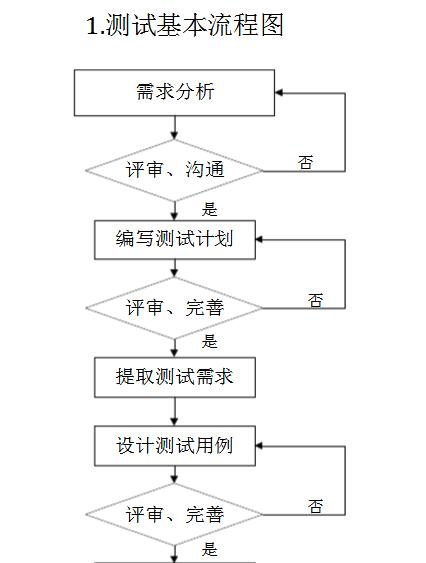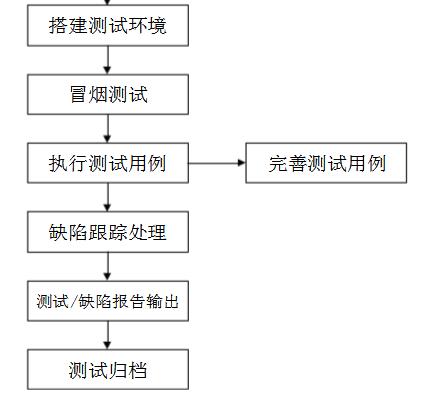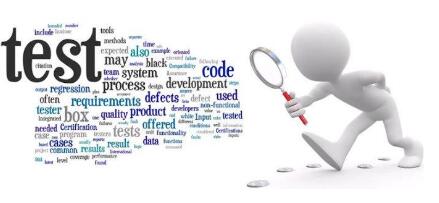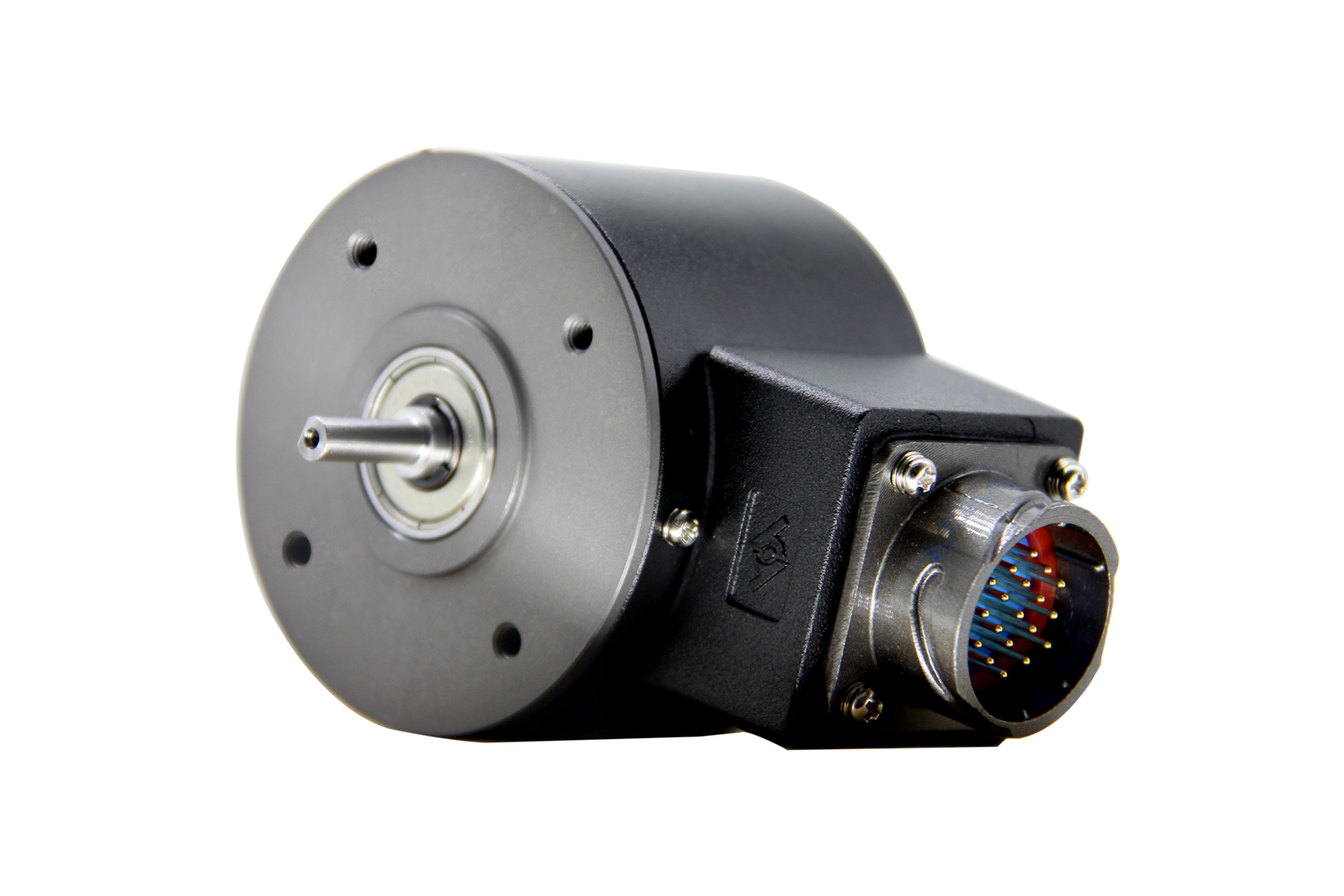Software testing method refers to the method of testing software. With the continuous development of software testing technology, test methods have become increasingly diversified and more targeted; choosing the right software testing method will allow us to do more with less. This article mainly introduces software testing methods and specifications. Follow Xiaobian to learn about the specific testing process and specifications.
Basic flow chart of software testing

Test code and project development code should be managed separately using configuration management tools such as SVN. After the test code is written, it is stored in the configuration library. During the development process, you can test your own code as needed.
And the test environment and development environment should be separated to avoid mutual influence and facilitate the reproduction and positioning of defects. If the conditions permit, the performance test environment should be separated from the functional test environment to avoid functional testing during performance testing. Affected.
Documents based on the testing phase (including but not limited to)
The premise of the formation of the test specification is that there is a need for a rule-based basis. These criteria need to be based on standard project documents. Common documents include the following:
1.1 Software Requirements Specification
The Software Requirements Specification is intended to give both users and software developers a common understanding of the software's initial requirements, which will form the basis for the entire project team's work. Contains hardware, features, performance, input and output, interface requirements, alert information, confidentiality security, data and databases, documentation, and regulatory requirements.
The role of the software requirement specification is to facilitate the understanding and communication between the user and the developer, reflect the structure of the user's problem, and serve as the basis and basis for the software development work, and serve as the basis for confirmation testing and acceptance.
1.2 Software Design Description (Schematic Design or Detailed Design)
Software design is divided into outline design and detailed design. The outline design is a bridge between the user's requirements and the design and implementation of the software. It is an important stage for converting the user's goals and requirements into specific interface design solutions. The main task of the architecture is to convert the system expansion use case diagram obtained from the requirements analysis into a software structure and a data structure. The specific task of designing the software structure is: dividing a complex system into modules according to functions, establishing the hierarchical structure of the modules and calling relationships, determining the interfaces between the modules, and the interfaces of the human-computer interaction. To design and establish a logical model of the target system.
The detailed design is a step of software development in software engineering. It is a refinement of the outline design. It is the detailed design of each module to implement the algorithm and the required local structure. In the detailed design stage, the software system products that meet the users' needs are designed mainly through the results of the requirements analysis. The software design description has a great influence on the development of the test. Without software design, many problems will not be traceable. The preparatory work for the test preparation is also based on the software design instructions.
1.3, software design prototype (demo)
Page prototype is the best path for project personnel to quickly familiarize with the project, allowing developers and testers to more intuitively understand the customer's needs and product implementation, business logic, help project personnel to quickly understand user requirements, business logic, and more Intuitive and specific interface methods to illustrate how users want to achieve the functions they need. Or, in the case where the requirements are not clear enough and the design specifications are not comprehensive enough, the page prototype is also an important basis for the preparation of late-stage test cases.
1.4 Interface Documents
When there are interactions between various subsystems and each functional module in the project and an interface needs to be developed, the interface document defines the rules for parameter passing and parameter return, such as the name of the parameter, the type, length, and whether each parameter is required. The meaning represented by the return code. . This document is an important test basis when there are interface test requirements in the project.

1, the test strategy:
(1) Static test: Do not test the program itself, but directly find possible defects in the program or evaluate the behavior of the code quality. Mainly in the unit testing behavior, the evaluation of the technology, design documents, the program can not be implemented or the need to use the strategy when the original program to conduct a standardized compliance inspection.
(2) Dynamic test: Operation of the tested program, input of test data, and examination of the difference between the operation result and the expected result to judge whether there is a defect in the system.
2, dynamic test testing technology:
(1) Black box test: The tester does not consider the internal logical structure and internal characteristics of the program at all, and only checks the function of the program according to the requirements specification of the program. It is mainly used during the system testing phase.
(2) White Box Testing: Using the information on how the internals of the tested program work, the testers are allowed to design and select test cases on the internal logical structure of the program and related information, and test the logical path of the program. Its test is based on covering all codes, branches, paths, and conditions.
(3) Gray box test: Based on the logic structure of the tested program, a test case is designed from the system function interface. Usually used as a supplement to the black box test or after the black box has found a defect, it is used when the original code analysis reason confirms the problem.
3, the test stage:
(1) Unit test: The test for the smallest unit. In the unit test behavior, each individual unit module is tested in isolation from other modules of the system to check whether each program module fulfills the specified function.
(2) Integration test: It is an activity of assembling a unit module that has passed the test into a system or a subsystem according to the design requirements based on the unit test. The test focuses on the defects at the interface between each module and each subsystem.
(3) System testing: Through the integration of testing software, combined with its operating environment, data and users, the system is fully tested under actual or simulated real environment. The purpose is to find out where the software does not conform to the system definition by comparing it with the system requirements specification.
(4) Acceptance test: The last test behavior. It is a user-oriented test. The user designs test cases and uses actual data for testing.

4, the test method:
(1) Functional test: Check whether the function of the software meets the requirements in the specification.
(2) Performance test: whether the inspection system has achieved the specified performance index requirements.
5, the implementation of the test division:
(1) Developer testing (alpha testing): Developers test and provide objective evidence to verify that the implementation of the software meets the specified requirements. It is primarily an activity that takes place before the system is delivered to third-party testing or acceptance testing.
(2) User test (β test): In the user's application environment, use the test software to verify whether it meets their expected needs.
(3) Third-party testing (outsourced testing): Testing conducted by test teams between software developers and users.
6, other concepts of testing:
(1) Manual test: The test case is executed by the tester, and then the actual result is compared with the expected result and the test result is recorded.
(2) Automated testing: Drives the test behavior of the system's operation by playing back recorded or written automation scripts.
(3) Regression test: Before the software is re-operated after modification, the software will use the test cases that have been used to find errors to test whether the defects reappear.
(4) Smoke test: After the software version is delivered, conduct an approximate test on the important part of the software and check whether the main functions are correct and then perform the subsequent tests.

1, the border test, test the maximum number and minimum value of the user input box, and the situation is empty.
2. Illegal tests, such as entering letters in place of numbers.
3, tracking test, tracking a data flow to ensure the correctness of the data.
4, in the beginning of the test should ensure the correctness of the data, and then find out the various BUG from the system.
5, interface testing, the program is often in the interface where it is prone to errors, to be tested in this module do not take it lightly.
6, code reuse test, some module functions are almost the same in the development process, programmers may forget the error in the original code to modify or modify the original code.
7, emergency testing, the server may have unexpected tests.
8, external environment testing, some systems rely on another system during development, when another system error occurs, the system is affected by the situation.
9. Defect verification: After the programmer has just fixed the bug, it must be verified and tested. Often the programmer only repairs the reported defects and does not consider that other functions may cause errors again when they are modified.
10, do a good job BUG management, do a good job in the test record, after completing a day's test record, repeat the test the next day according to the first day of the test record you will find uncorrected errors.
11, typo, wrong word test, if the system uses improper words, I think this should not be.
12. System compatibility test, for example, some programs can run normally in IE6 and cannot run under IE5. Some programs can run under WIN2000, but not to WIN98. Like some very special users to use the system, you are likely to find BUG.
13, the user's ease of use test, often the user's needs are constantly changing, and one of the reasons for the change is caused by the user's inconvenient operation.

Rotary encoders are used as sensors for angle,position,speed and acceleration. We can offer incremental encoders and absolute encoders.

Absolute Encoder,Custom Encoder On Motor,Custom Optical Encoders,High Resolution Encoder
Yuheng Optics Co., Ltd.(Changchun) , https://www.yuhengcoder.com